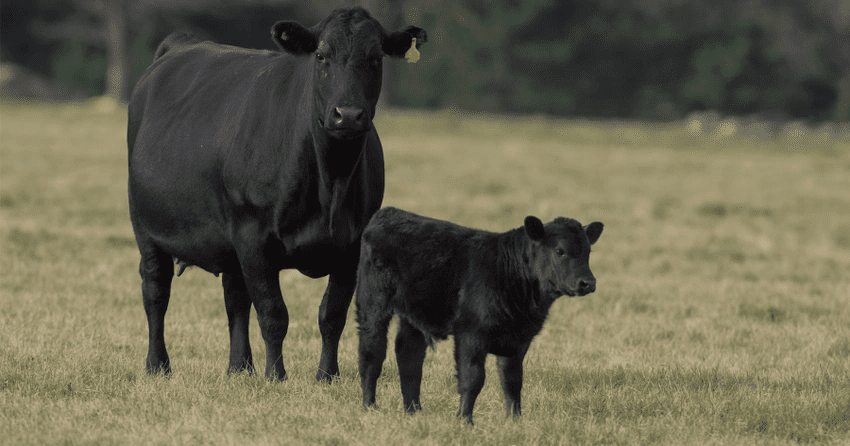Hpacres440p
Well-known member
You get fewer variety of cuts in 1/4, and those you do get are larger (3 vs 5 lb roast). I have a lot of 2 person households who don't want the larger cuts. A 1/2" ribeye to keep it under 16 oz isn't as pleasurable to eat as a 1" 10- 12 oz one, in their opinion (mine too). Also, if your facilities and land available are less than the amount needed for a good number of 1600 lb cows, these 900-1000 lb girls still raise a good butcherable calf.Aberdeen Angus - well.....think about this. American Angus Assn (AAA) - cattle were originally Aberdeen Angus cattle. The Lowline decided to change their name to Aberdeen Angus (Aberdeen Angus Assn - AAA). Funny how that works out.
The ORIGINAL Lowline was developed in NZ (or Australia??). It was an experiment to see if LARGE cattle or SMALL cattle were more efficient. They bred the biggest to the biggest, smallest to the smallest - Lowlines and Highlines. At the end of the experiment, they decided neither were better - average size was best. The experiment station told the workers to ship the Lowlines. The workers didn't. One of them decided he would start a new breed - the Lowlines.
Think about temperament of ALL species of animals - Draft Horse vs Shetland pony - St Bernard vs Chihuahua --- large species are all more docile than minis. The smaller they are the meaner they have to be to survive.
If you buyers can't handle a half of beef - sell them a 1/4. Why in the world would you want to spend time raising something that is going to give you half of a regular one?? You have to breed each one - you have to calve each one - you have to vaccinate each one - and they will give you HALF of a regular one. Makes no sense to me.
Different breeds fit different needs. The "mini" thing is strictly pet, but the Aberdeen production animals do produce well for those with more limited resources.

